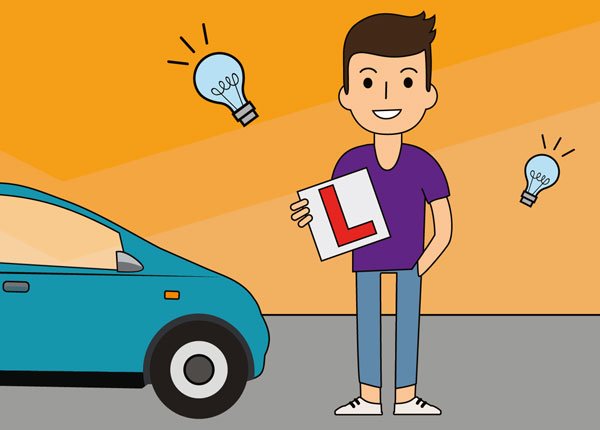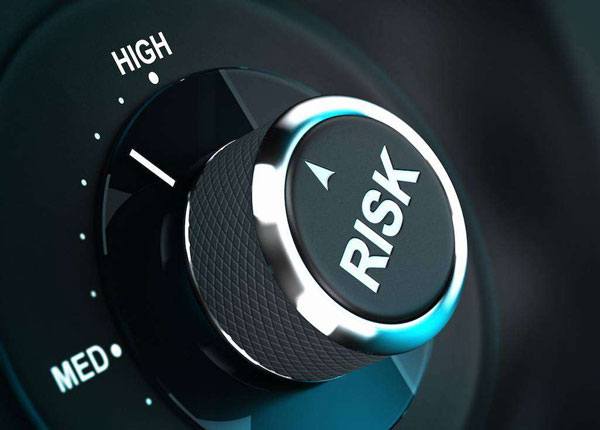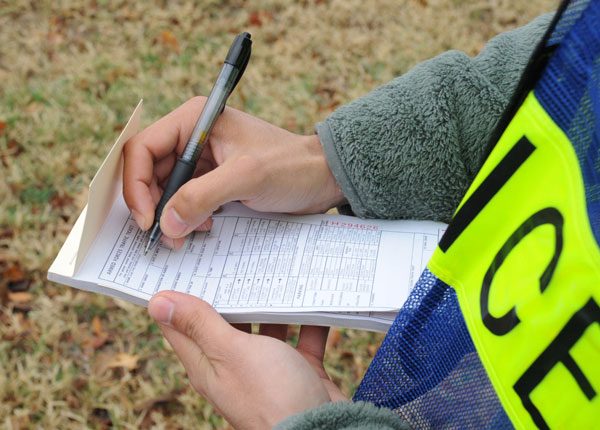
Inexperienced Drivers Statistics 2022: The Leading Cause of Teenage Death
Updated Nov. 30, 2021People of all ages are at-risk while driving. However, teenage drivers experience the greatest risk, largely because of their inexperience behind the wheel and poor judgment skills. Tragically, car crashes are the leading cause of death in people aged 15 to 20 in the United States. In fact, drivers under 20 are almost three times more likely to die in a car accident than older drivers.
Younger drivers are more at risk of being involved in a car crash, as they are:
- More willing to engage in risky behavior
- Less aware that their actions may have negative consequences
- More likely to underestimate danger in a situation
- Less experienced drivers who are less able to respond to hazards quickly and appropriately
- Susceptible to peer pressure which may lead them to drive dangerously
The leading cause of teenage death
Let’s look at some statistics to put the teen-driver death-toll into perspective. According to the National Highway Traffic Safety Administration (NHTSA), across the United States in 2016:
- 2,433 teenagers aged 16 to 19 were killed in car crashes. A further 292,742 were treated for injuries sustained during a car crash.
- 10 percent of all teen driving fatalities involved distracted driving.
- 82 percent of teen drivers who were killed during a crash while having alcohol in their system were over the legal limit of 0.8 BAC.
- 47 percent of all teen drivers killed in car crashes were not wearing a seat belt at the time of the accident.
Who is most at risk?
Among teenage drivers, the groups most at-risk of being injured or killed in a car accident are:
- Males: The car crash death rate for male drivers in 2016 was twice that of female drivers.
- Teen drivers with teen passengers: Teens transporting teens are more likely to be involved in a fatal accident. The risk increases with every additional teenage passenger.
- New teenage drivers: The risk that a teenage driver will be involved in a car crash is at its highest during the first few months after their license has been attained.
Lack of driving experience
A minimum acceptable level of road knowledge and vehicle control skills must be achieved before a teenage driver can be awarded a license – though the learning journey does not end there. Having earned the right to drive, a person will continue learning “on the job”. The more driving experience you accrue, the more finely-tuned your driving skills will be and the safer you will be on the road.
Unfortunately for teenage drivers, their behind-the-wheel experience is extremely limited. This is the reason that the chances of being involved in an accident or collision are so much greater in the first few months after licensure; in this time, teen drivers are still finding their feet.
Lack of driving experience and knowledge often results in bad decision making and leads to dangerous driving situations. Newer drivers may have an unrealistic perception of their own driving abilities and an inability to evaluate risk accurately. When combined, these two traits can be deadly.
Research has shown that younger drivers are less able to identify high-risk situations than older, more experienced drivers. When they perceive the roadway as a “safe” place, they are then more likely to engage in casual, risky behavior.
An inclination toward risky behavior
With a false sense of safety comes a predisposition toward risky behavior. Teenage drivers are substantially more likely to drive while under the influence of alcohol or drugs, drive at unsafe speeds, fail to wear a seat belt and engage in other risk-enhancing activities.
In 2017, a national survey focusing on risky behavior in youths found that 16.5 percent of high school students had ridden with a driver who had been drinking alcohol, in the month prior to the data collection. This figure is worrying as it has been proven that the risk of being involved in a car crash is substantially higher among teen drivers when ANY amount of alcohol has been consumed, as compared to older drivers.
Young male drivers are considerably more likely to engage in high-risk driving behavior than female drivers and we’ve got the figures to prove it. When the primary causes of fatal crashes involving male teenage drivers in 2016 were inspected, it was found that:
- 32 percent of drivers between the ages of 15 and 20 who were involved in fatal accidents had been speeding at the time of the accident
- 21 percent had been drinking prior to driving
Teenagers are particularly at-risk when driving under the influence of alcohol, as it is known to incur further risky behavior. Of all the teenage drivers killed in car crashes after drinking in 2016, an alarming 58 percent were not wearing seat belts.
Becoming a safe driver
A look at the crash stats discussed in this article illustrates the true impact of casual, risky behavior while driving. If any of the teenage car accident victims discussed here knew where their choices were leading them, they would have made more sensible decisions. As a new driver, you must understand that you are no different from the thousands of teenage drivers who die in car crashes every year. It can and will happen to you if you behave irresponsibly behind the wheel.
Becoming a safe and experienced driver demands constant caution and self-reflection. Question every decision you make while driving and consider whether you are increasing or minimizing the danger you are exposed to.
Keep an eye on the way your parents drive and look out for any bad habits they display, as it is likely you will have picked them up. If they drive aggressively or without paying full attention to the road, watch out for those behaviors in yourself. Remember that you will be even more at-risk from risky behavior while driving, as you do not have years of experience to fall back on.




